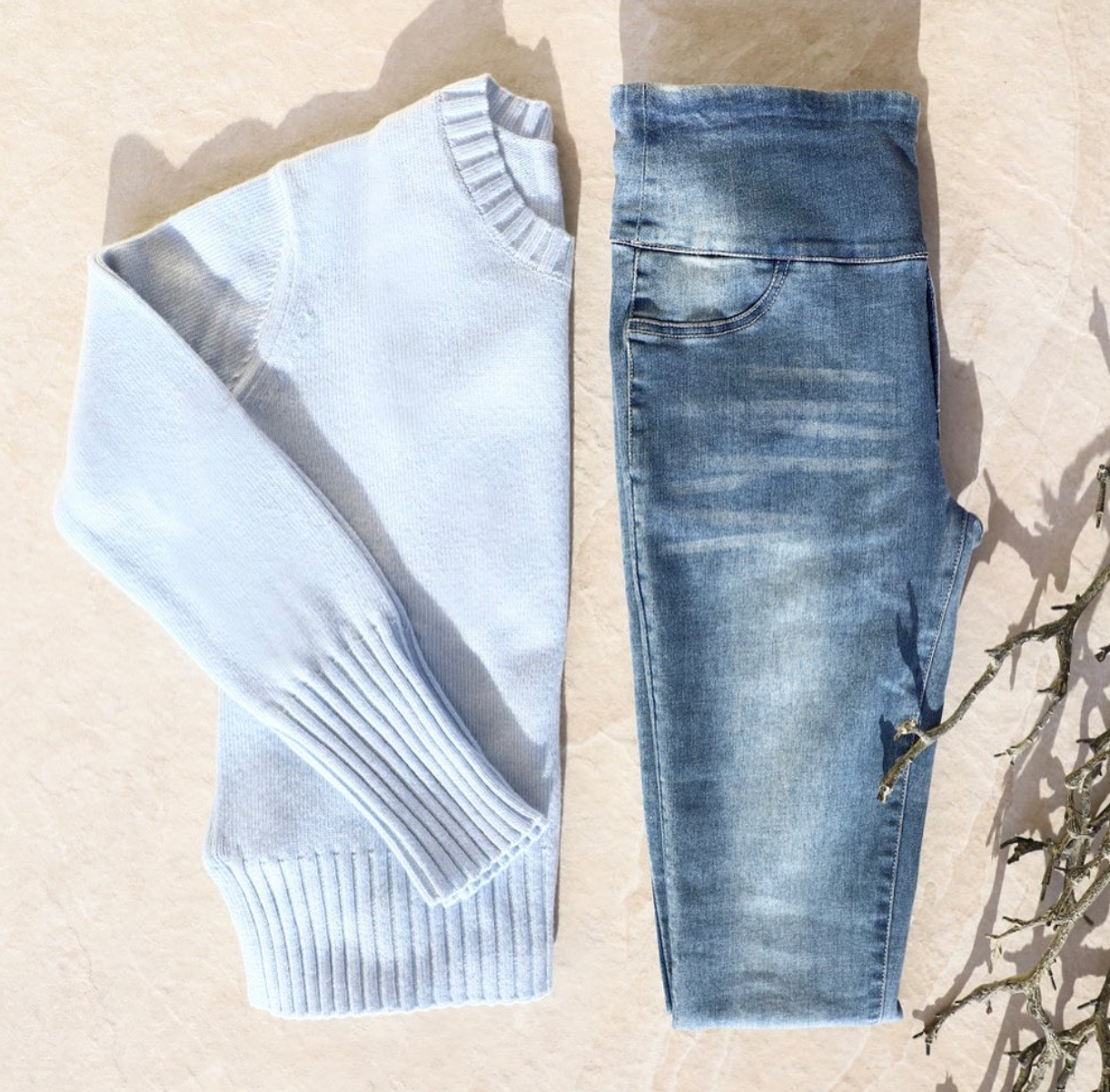
At some point, almost half of newborns develop red, inflamed skin in the nappy area. This condition, known as ‘nappy rash’, is one of the most common reasons why parents seek medical care for their newborns. There are many different types of nappy rashes than look similar. If your baby is experiencing a nappy rash, there is no need to worry. Here’s a list of all the reasons why nappy rashes occur and what you should do to treat them:
-
Irritant nappy rash
The irritant nappy rash or ‘irritant dermatitis’ is one of the most common types of nappy rash. The baby’s nappy area spends a lot of time in contact with irritants like urine and stool. If your baby is experiencing diarrhoea or is teething, there is a greater chance of developing a nappy rash. The irritant nappy rash has a look of pink or red patches on the skin that the nappy covers.
How to prevent and treat nappy rash:
The most basic way of preventing irritant nappy rash in a newborn is to limit the contact of urine and stool with the baby’s skin:
-
Change nappies frequently: If a wet or soiled nappy is left on for too long, it can cause skin chafing. Urine absorbed by the nappy also breaks down to produce irritants that damage a newborn’s skin. Digestive enzymes in the stool can also wear away at your baby’s skin.
-
Gently clean the skin during changes: When cleaning your baby’s skin during nappy changes, choose alcohol- and fragrance-free wipes. A great tip for irritated skin is to cleanse the skin with water and a gentle cleanser. For severe rashes, use a spray bottle to rinse without rubbing and allow the skin to air-dry.
-
Coat your bub’s skin with a thick barrier paste layer: Use a barrier paste with good ingredients like zinc oxide and petrolatum. Fragrance-free products are the best for your baby’s sensitive skin.
-
Leave breathing room: Loose nappies are less likely to rub against the skin. Make sure that the nappy isn’t too tight, especially during the night.
-
Choose a highly absorbent nappy: Absorbent nappies keep the skin dry. If you plan on using cloth nappies, be aware that they are not as absorbent as disposable brands. If your baby develops a nappy rash, use disposable nappies until the rash heals.
-
Keep the area clean: Daily baths help heal irritated skin by removing irritants, debris and even bacteria. Remember to put on a thick layer of barrier paste in the nappy area after every bath.
-
Bacteria
It is rare, but a bacterial infection can also cause nappy rashes. Also called impetigo, bacterial infections can make existing nappy rashes worse. Bright red skin around your baby’s anus can be a sign of a bacterial infection and needs to be checked by the GP. Other symptoms include pimples, yellow crusting or weeping.
-
Yeast infection
Yeast infection is another fairly common cause of nappy rash. It is caused by the overgrowth of a fungus found in the digestive tract. Yeast rashes can also develop if your baby has taken antibiotics. Shiny bright pink and red patches that have sharp edges and pink bumps or pimples are clear signs of a yeast infection. Wash your hands thoroughly before and after changing nappies, and apply a topical antifungal cream prescribed by your paediatrician to heal the nappy area.
-
Allergy
Babies with sensitive skin can have allergic reactions to ingredients in the nappies, wipes, or creams. If your baby is developing a rash soon after exposure to any product, try changing the products or brands for two weeks to see if it helps. Otherwise, consult your GP.
Further Reading:
https://www.mayoclinic.org/diseases-conditions/diaper-rash/symptoms-causes/syc-20371636
https://www.healthychildren.org/English/ages-stages/baby/diapers-clothing/Pages/Diaper-Rash.aspx
https://www.mayoclinic.org/diseases-conditions/diaper-rash/diagnosis-treatment/drc-20371641


